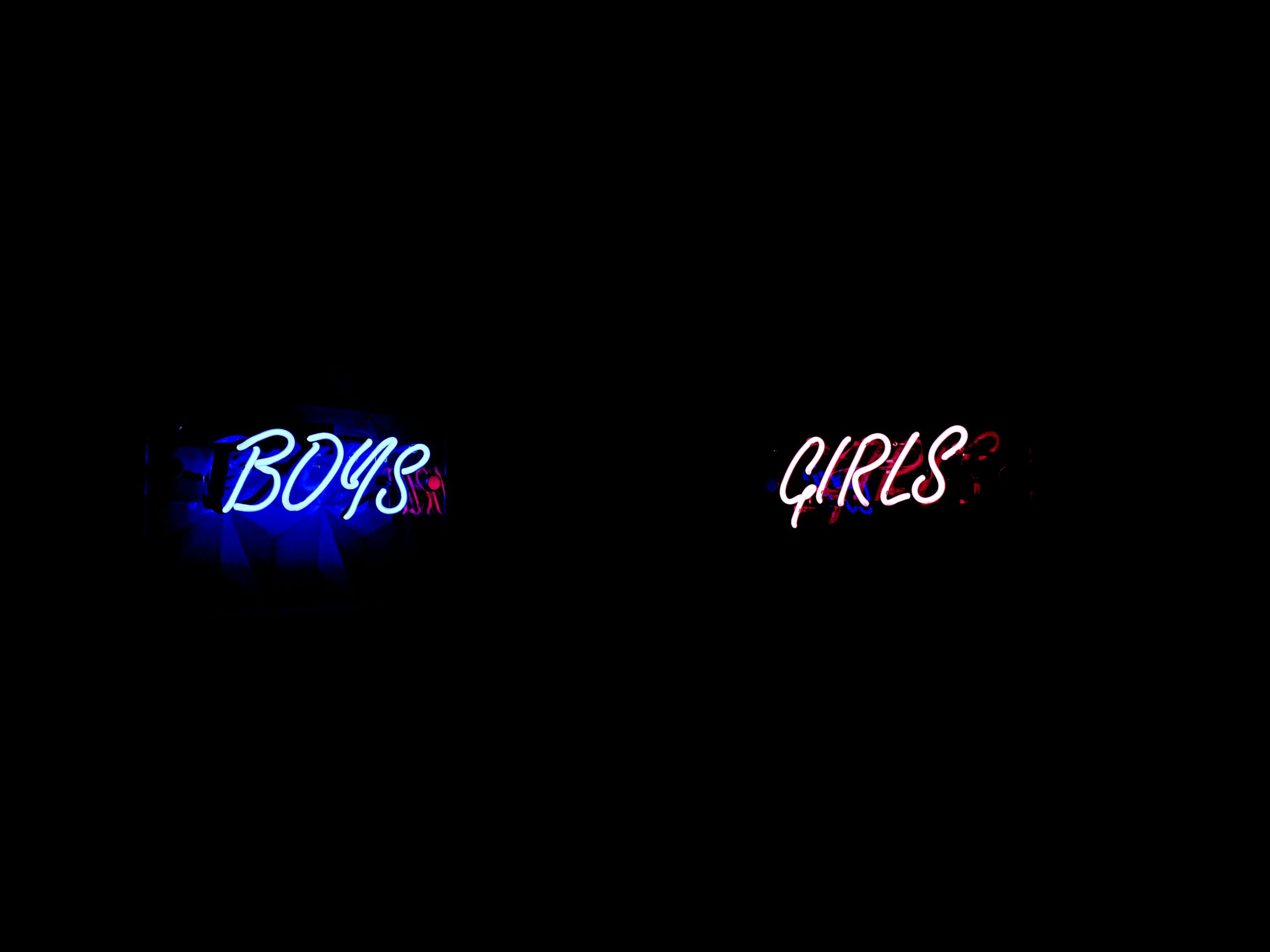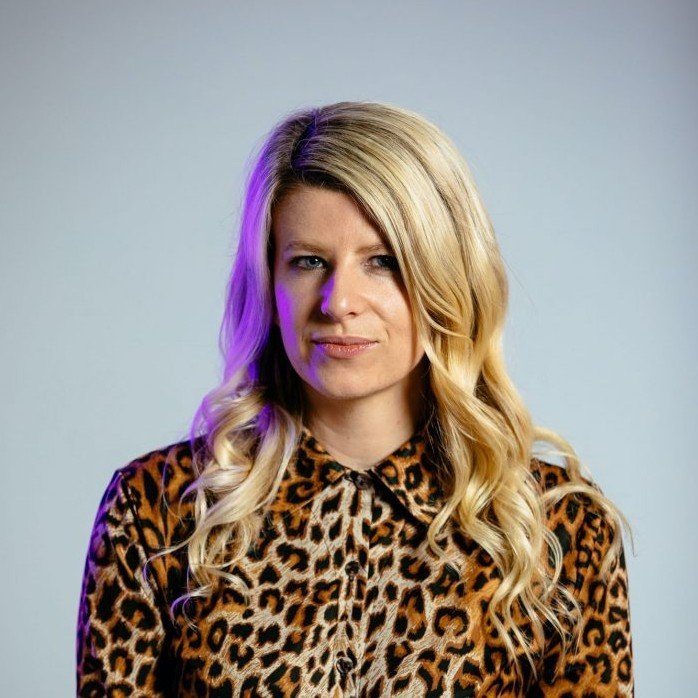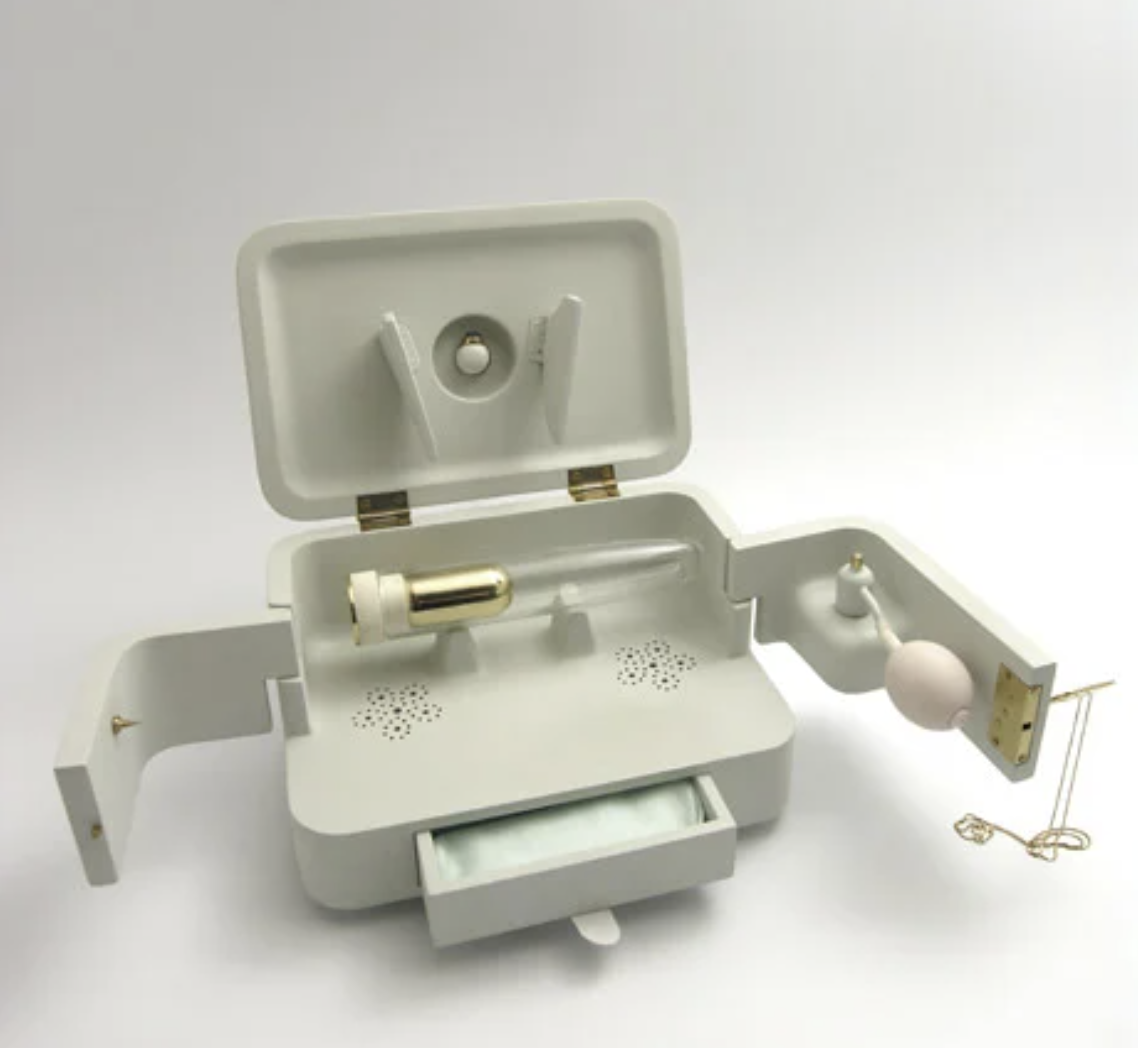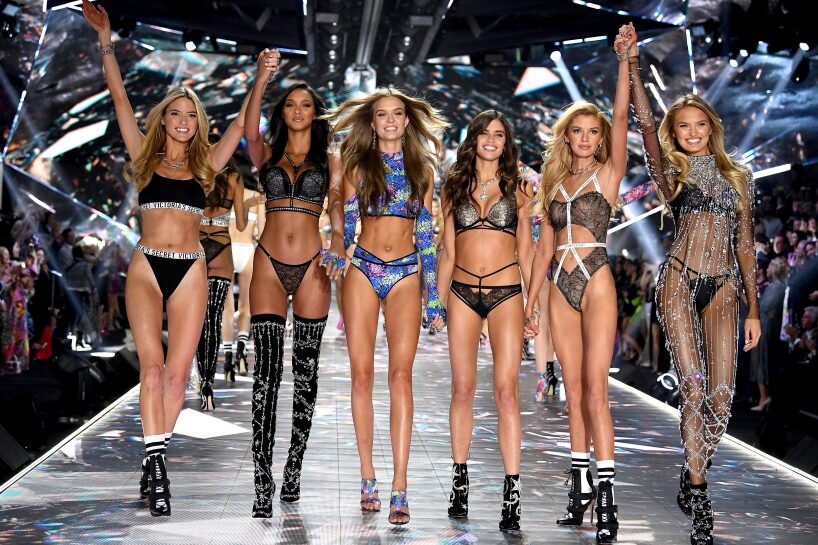
The Orgasm Gap is Still Growing in 2024
The orgasm gap is no small issue. It’s a gaping chasm that separates the sexual experiences of men and women, with a disparity that ranges from 25% to 52% in different studies. A newly released survey The lifelong orgasm gap: exploring age’s impact on orgasm rates by Sexual Medicine found that a staggering 82% of men reported reaching orgasm during their most recent casual sexual encounter, compared to just 32% of women.
This gap isn’t just a quirk of nature; it’s influenced by a medley of physiological, anatomical, and sociocultural factors. And it’s disappointing in 2024 it’s still growing.
Women’s orgasm rates are often affected by anatomical factors such as the distance between the clitoris and the vaginal opening. This might sound like a minor detail, but in the world of orgasms, every millimeter counts.
Hormonal fluctuations, including the rise and fall of estrogen and testosterone during the menstrual cycle and menopause, also play a critical role. Women’s libido and orgasmic capacity can wax and wane with these hormonal tides, making the pursuit of orgasm a bit like chasing a moving target. On the flip side, men’s sexual function tends to be more consistently linked with testosterone levels, which, while they do decline with age, don’t fluctuate as wildly as women’s hormones.
But it’s not all about biology. Sociocultural factors weigh heavily on this orgasmic equation. Relationship dynamics and partner behaviors, for example, are critical. Women who enjoy open sexual communication and a partner who prioritizes foreplay are more likely to reach orgasm. Yet, societal norms often downplay female pleasure, especially in heteronormative contexts, where the cultural emphasis is on penetrative sex—a practice that doesn’t always deliver the goods for women.
Sexual Orientation: A New Lens on Orgasmic Inequality
When it comes to sexual orientation, the plot thickens.
While men’s sexual orientation doesn’t seem to make much of a difference in their orgasm rates, women’s sexual orientation does. Lesbian women, for example, report higher orgasm rates than their heterosexual counterparts. Surprising? We don’t think so.
Why? Lesbian couples tend to take a more egalitarian approach to sexual pleasure, with a greater likelihood of engaging in and receiving oral sex, and their encounters often last longer. It’s not just about what’s happening below the belt; it’s about the entire sexual experience, which in lesbian relationships tends to be more pleasure-focused rather than goal-oriented.
This disparity between lesbian and heterosexual women highlights how sexual orientation can influence not just the frequency of orgasms, but the entire sexual script. Lesbian women are more likely to engage in a variety of sexual activities that prioritize pleasure, thereby closing the orgasm gap that is so pronounced in heterosexual encounters.
Age: The Uncharted Territory in Orgasm Research
Despite all the attention given to gender and sexual orientation in orgasm research, one factor that has flown under the radar is age.
Aging brings about a slew of physiological and psychological changes that can affect sexual behaviour and satisfaction. For women, age-related hormonal changes, such as the decline in estrogen during menopause, can impact sexual desire and function.
Interestingly, though older women are less likely than older men to engage in sexual activities or report a desire to do so, they actually report higher levels of sexual satisfaction compared to their younger counterparts. This suggests that while the frequency of sexual activity might decline with age, the quality—and potentially the orgasm rate- improves.
Men, on the other hand, experience a gradual decline in testosterone levels as they age, which can affect their sexual function. But does this mean that the orgasm gap widens with age, or does it narrow as both genders face new sexual challenges? This is the question that a recent study aimed to answer.
Exploring the Orgasm Gap Across Age Groups
To shed light on how age influences the orgasm gap, a secondary analysis was conducted using data from the Singles in America (SIA) study, a massive annual survey of nearly 25,000 single adults aged 18 to 100. The study focused on single individuals, who make up about one-third of the U.S. adult population. This focus on singles, rather than those in relationships, offers a unique perspective on the orgasm gap, challenging the notion that orgasms are only relevant within romantic partnerships.
The study’s findings were illuminating. Across all age groups, the average orgasm rate was 64.7%. But the devil is in the details. When broken down by age, gender, and sexual orientation, the data revealed a complex picture.
The study found that age does indeed influence orgasm rates, but the relationship isn’t straightforward. Both linear and nonlinear age variables were significant predictors of orgasm rate, though the effect sizes were small. Essentially, this means that while age does have an impact, it’s not a dominant factor. However, when age was considered alongside gender and sexual orientation, more nuanced patterns emerged.
For example, in early middle adulthood (ages 35-49), lesbian women reported higher orgasm rates than bisexual women, suggesting that sexual orientation’s impact on orgasm may change as women age. Interestingly, heterosexual men in late middle adulthood (ages 50-64) reported higher orgasm rates than their nonheterosexual counterparts, but this difference wasn’t observed in younger or older age groups.
Closing the Gap
Despite these nuances, one finding was consistent across all age groups: the orgasm gap between men and women persists. Men’s orgasm rates ranged from 70% to 85%, while women’s ranged from 46% to 58%. The gap was most pronounced among emerging adults (ages 18-24) and elder adults (ages 65+), with women’s orgasm rates lagging behind men’s by 22% to 29%.
These findings suggest that while age does play a role in orgasm rates, the gap between men and women remains stubbornly persistent. Whether due to biological differences, societal norms, or sexual scripts that prioritize male pleasure, women continue to experience orgasms less frequently than men, regardless of age.
So, what can be done to close the orgasm gap? The study’s findings underscore the importance of addressing both biological and sociocultural factors. Better sexual education that emphasizes female pleasure, more open communication between partners, and a shift away from the cultural overemphasis on penetrative sex could all contribute to a more equitable sexual experience.
In the end, while the orgasm gap may be a persistent feature of human sexuality, it’s not an unchangeable one. By understanding the complex factors that contribute to this disparity, we can begin to create a sexual culture that’s more inclusive, more equitable, and ultimately, more satisfying for everyone involved.







